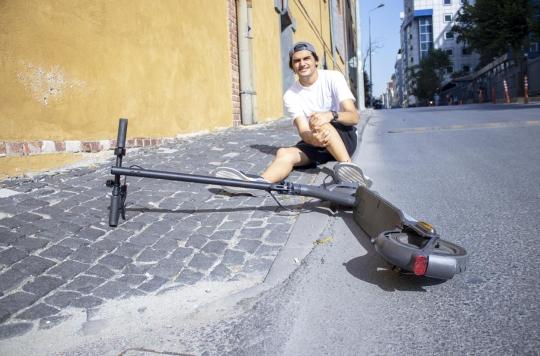Last Friday, the Spanish player announced that he was ending his 2021 season because of a degenerative disease that he has been suffering from since 2005 and which is characterized by a deformation of one of the bones located in the central part of the foot.

- It is a very rare disease that affects adults, usually between the ages of 40 and 60, more common in women.
- It is characterized by compression of the navicular bone between the talus and the lateral cuneiform bone.
- As long as he is a professional sportsman, Rafael Nadal will not perform an operation.
This Friday, the Spaniard Rafael Nadal announced the end of his 2021 season. The current fifth player in the ATP ranking will therefore not participate in the US Open, from August 30 to September 12, after having already missed Wimbledon and the Olympic Games. Blame it on a chronic foot injury he’s had since 2005, known as Mueller-Weiss syndrome.
Hola todos: quería comunicaros que desgraciadamente tengo que poner fin a la temporada 2021.
Sincerely llevo un año sufriendo mucho más de lo que debería con con mi pie y necesito tomarme un tiempo.— Rafa Nadal (@RafaelNadal) August 20, 2021
More common in women
The resurgence of the injury came at a crucial time for the one who has already won 20 Grand Slam titles: during the last Roland-Garros semi-final against a Novak Djokovic. After having received several different diagnoses during his career, the 35-year-old player has this time seen his doctors agree: he suffers from Muller-Weiss syndrome, a degenerative disease, which represents a deformation of one of the bones located in the central part of the foot, the occurrence the left.
This syndrome refers to spontaneous osteonecrosis of the navicular bone. It owes its name to the person who first described it in 1927. It is a very rare disease that affects adults, usually between 40 and 60 years old. It is more common in women and is characterized by compression of the navicular bone between the talus and the lateral cuneiform bone. It mainly affects the lateral side of the navicular bone due to the poor blood supply in this area.
Densification of the bone
“The typical clinical aspect includes mechanical pain, increasing with activity, even on gentle palpation, the existence of a slight edema, with sometimes a patch of erythema, as well as the characteristic radiological changes, include a densification of navicular bone, decrease in height preceding collapse and talonavicular osteoarthritis”, specifies a study published on November 27, 2018 in the journal of internal medicine.
This injury can be detected on palpation before being confirmed by a CT scan of the foot. Treatment options for this condition include nonspecific symptomatic therapy to support the tarsus and give the bone a chance to heal, while surgery is usually reserved for cases that do not respond satisfactorily to supportive measures. .
No operation for Nadal
For Nadal, the injury promises to follow him for his end of career. For the time being, and as long as he is a top athlete, surgery is excluded.















